Diego rivera mural– Because the revolution began in his country.
Rivera returned and devoted himself to painting large frescoes and murals about the history and social problems of his country on the roofs and walls of public buildings.
As he believed that art should serve the working class and be within their reach to claim their rights.
Art in this era had a very important role, since it served to exalt the new revolutionary ideals and spread the new ideology among the masses, who were illiterate the great majority.
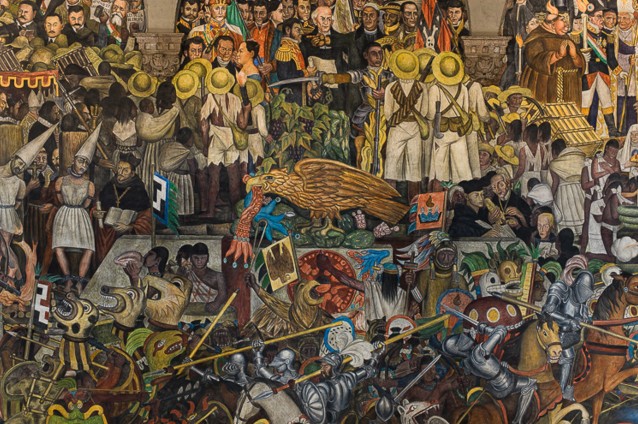
Thus, the murals played a propagandistic role.
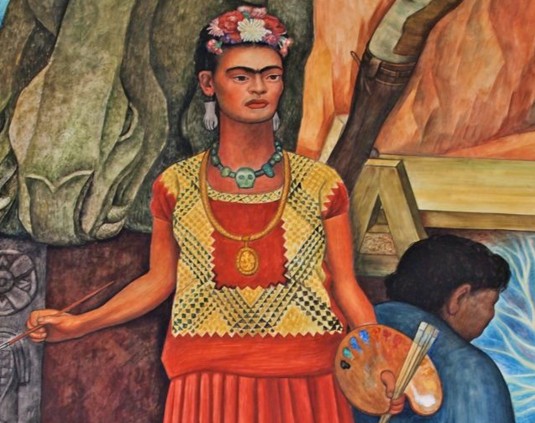
Some of his most important murals were painted in the Palace of Cortés, in the National Palace.
In the Palace of Fine Arts of Mexico City, in the National School of Agriculture and in the Ministry of Education. Diego rivera mural–
Diego Rivera, along with David Alfaro (one of the most important muralists in Mexico with Diego Rivera and José Clemento Orozco), was studying Mayan and Aztec art.
Which greatly influenced his later work.
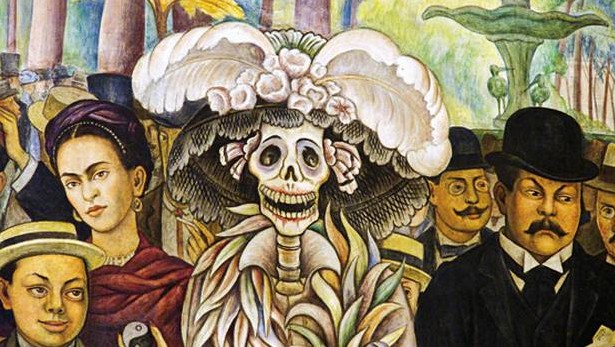
Diego rivera mural-In 1929 he married Frida Kahlo and Rivera was one of the founders of the Mexican Communist Party.
His fame spread and he came to work in the United States, where he made a mural for the Institute of Fine Arts in Detroit.
His last works were made with mosaics of natural stones, such as the stadium in the university city of Mexico or the theater of the Insurgentes.
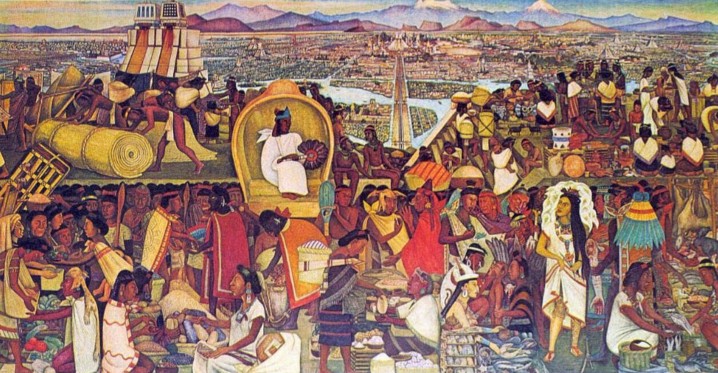
As for his easel paintings, they reflect a happy and sensual vision of the folklore of his country.
Diego rivera mural-In addition, he made a collection of statuettes of various indigenous cultures, which he exhibited in his home-museum in Anahuacalli (Mexico City).
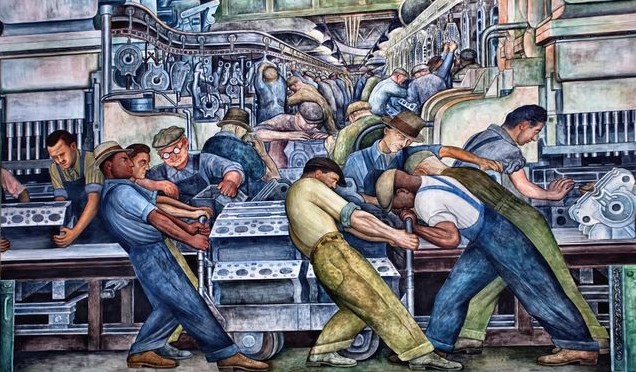
Regarding Diego Rivera’s style, it can not be defined as one in particular. His works are influenced, as I mentioned earlier, by Cubism, Impressionism, European classical style and Aztec art.
Diego rivera mural-What we can see is that its murals are full of figures that recall the baroque style that covered the churches with images and many details.
Even some critics say that his style was agoraphobic because he seemed to be afraid of having any open space in his paintings.
In his murals, Diego Rivera uses symbols from the Aztecs, from which he uses colors, idols and images to tell myths and historical facts.
To begin his works in the murals he used his knowledge of architecture and geometry to fit the shapes.